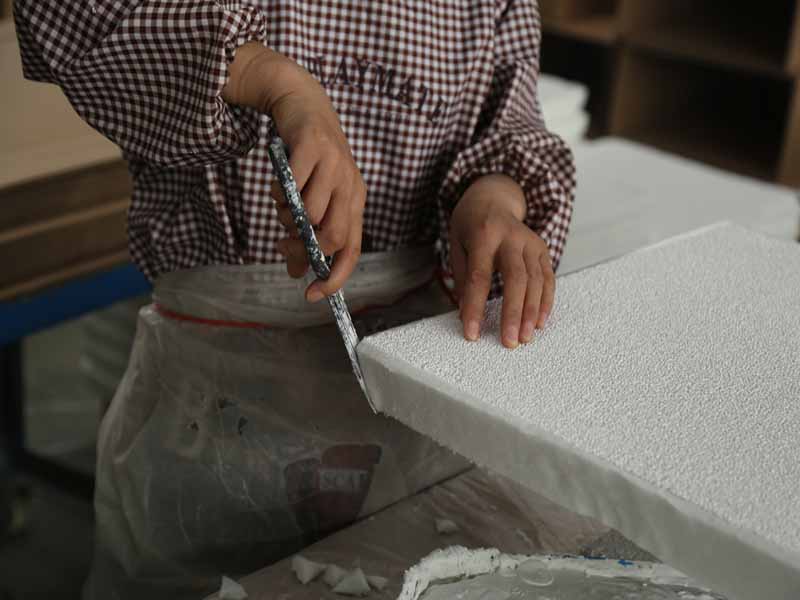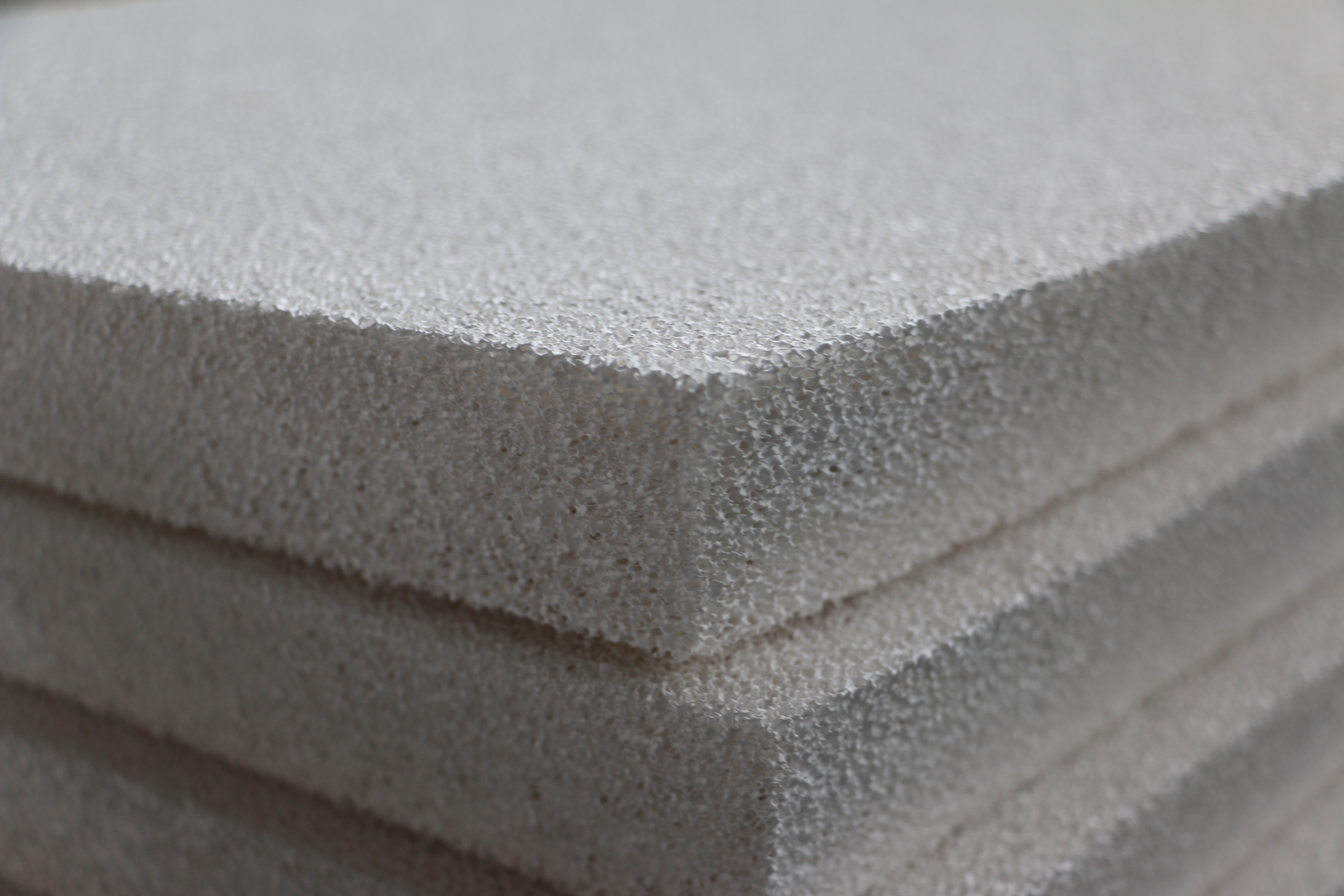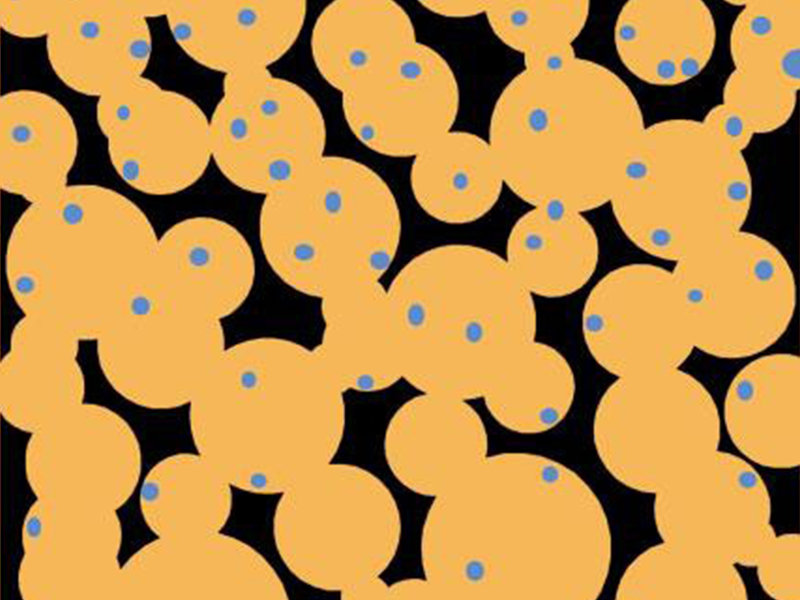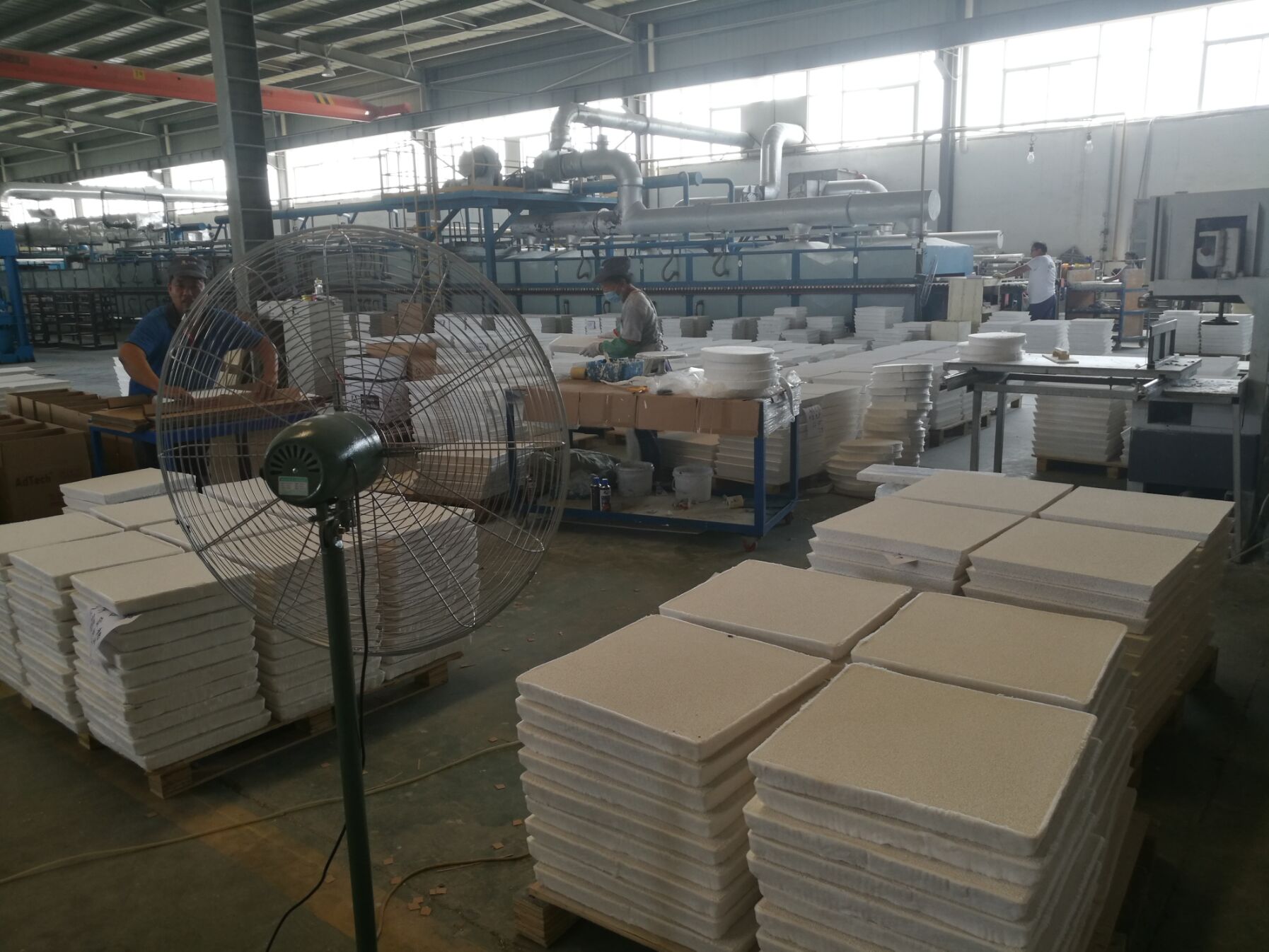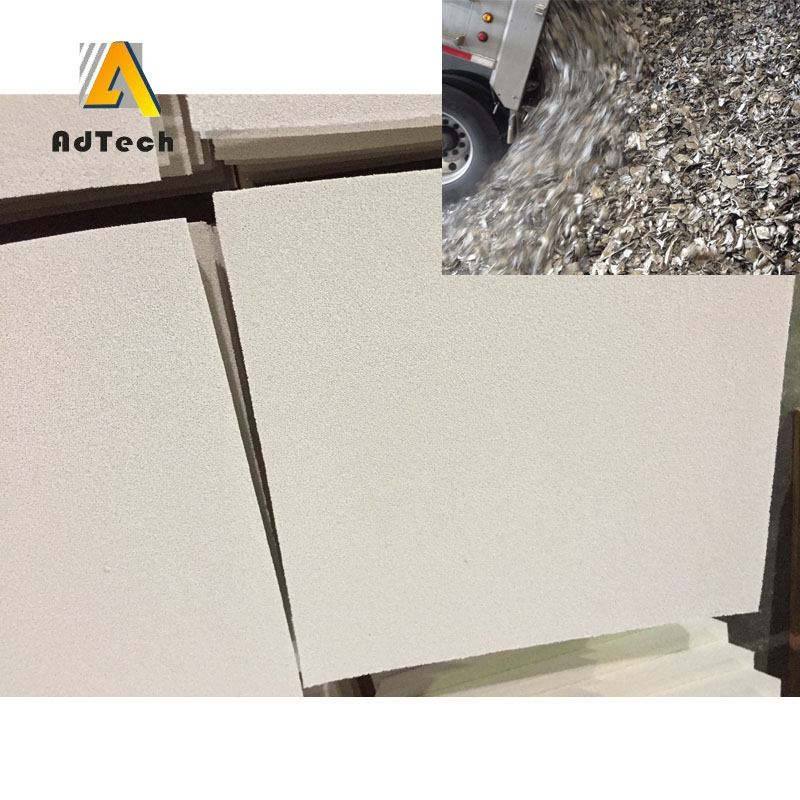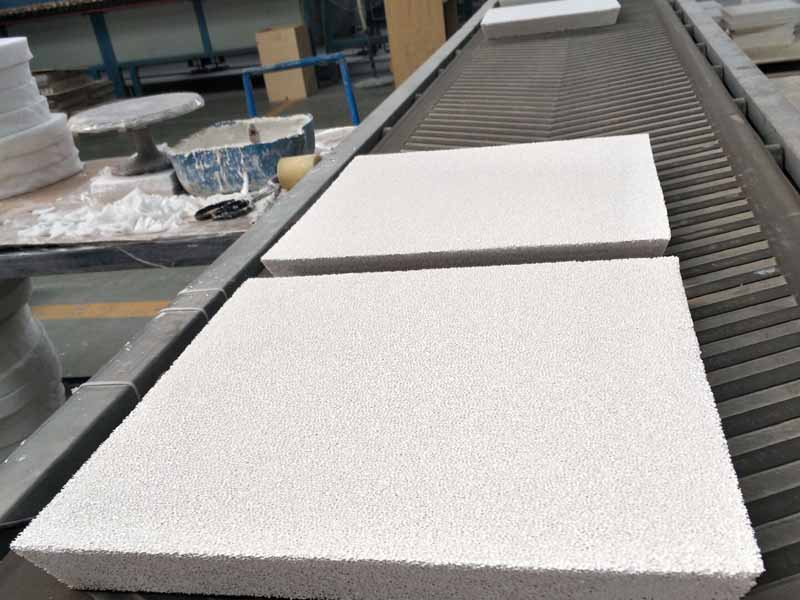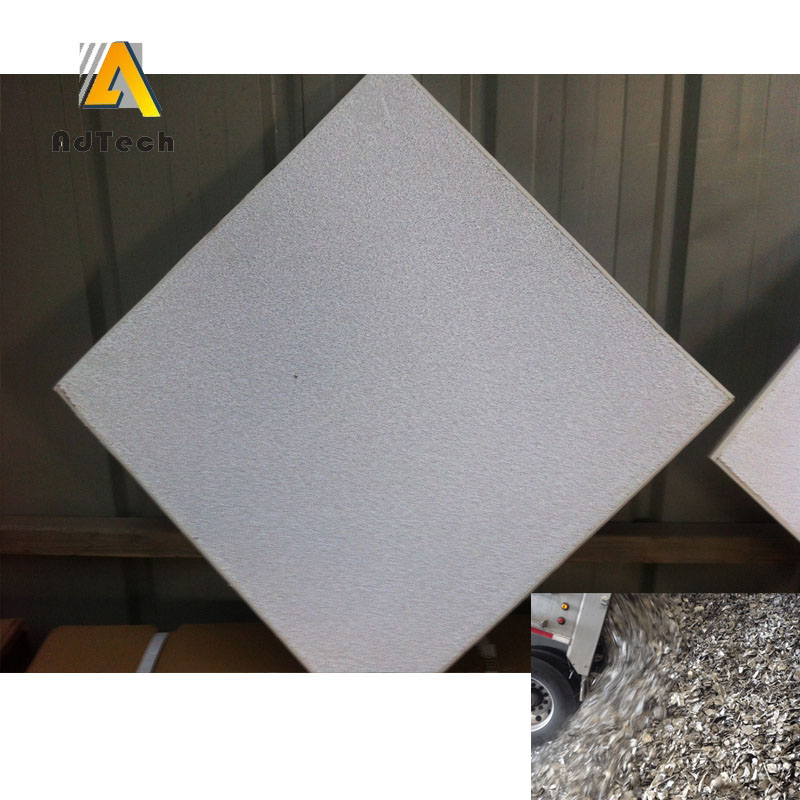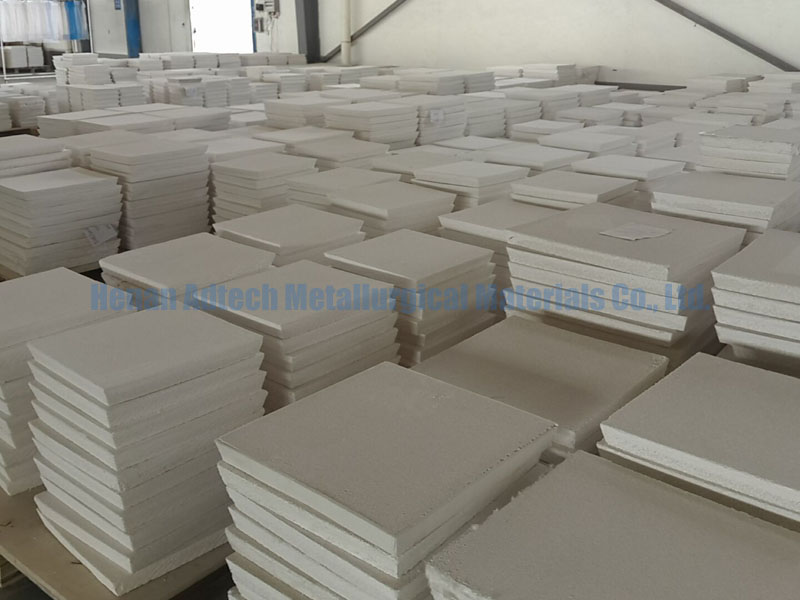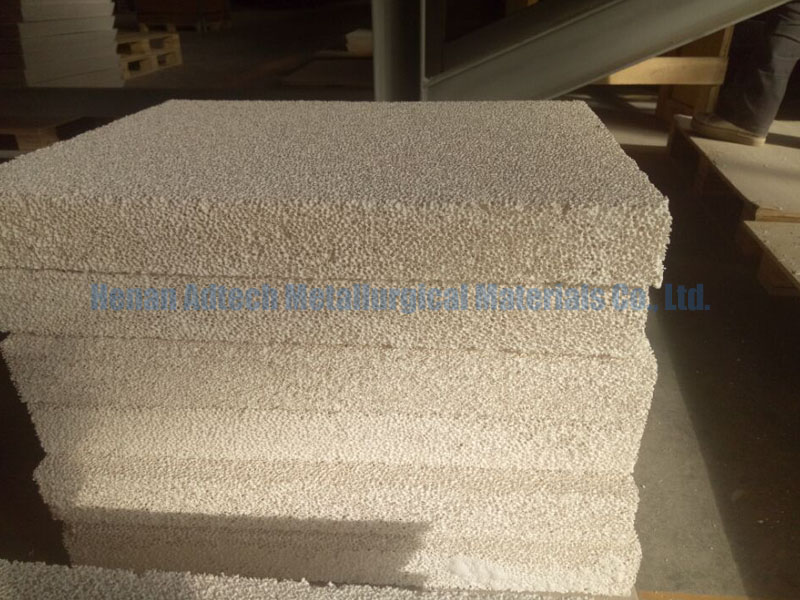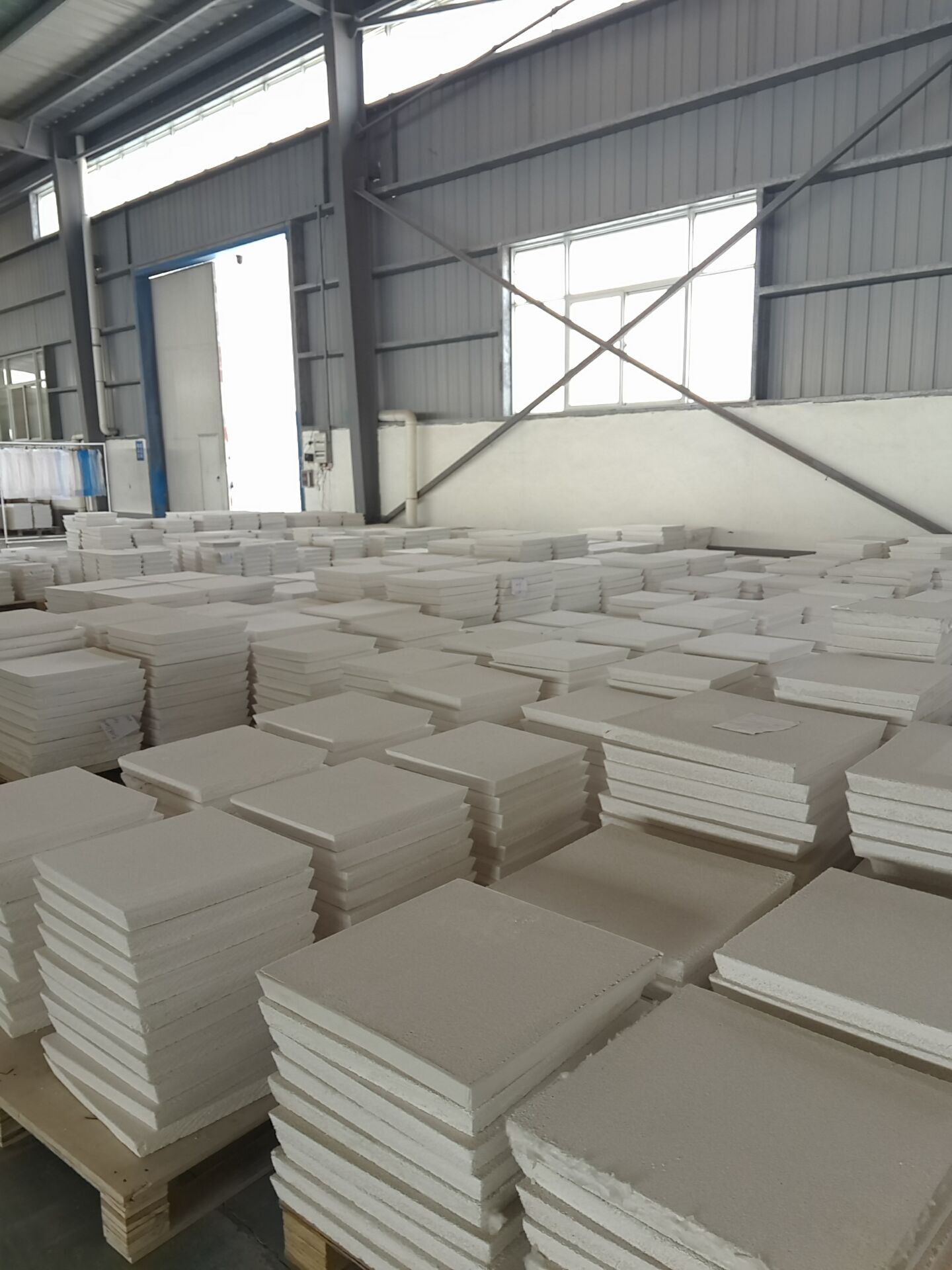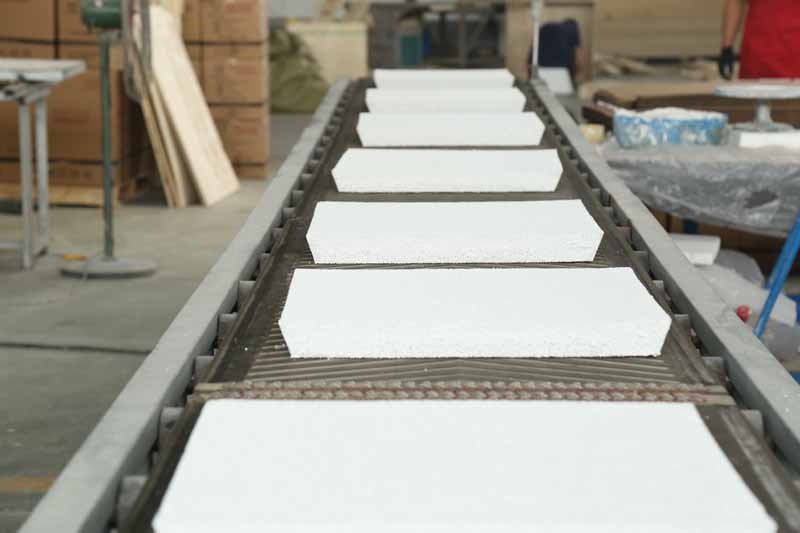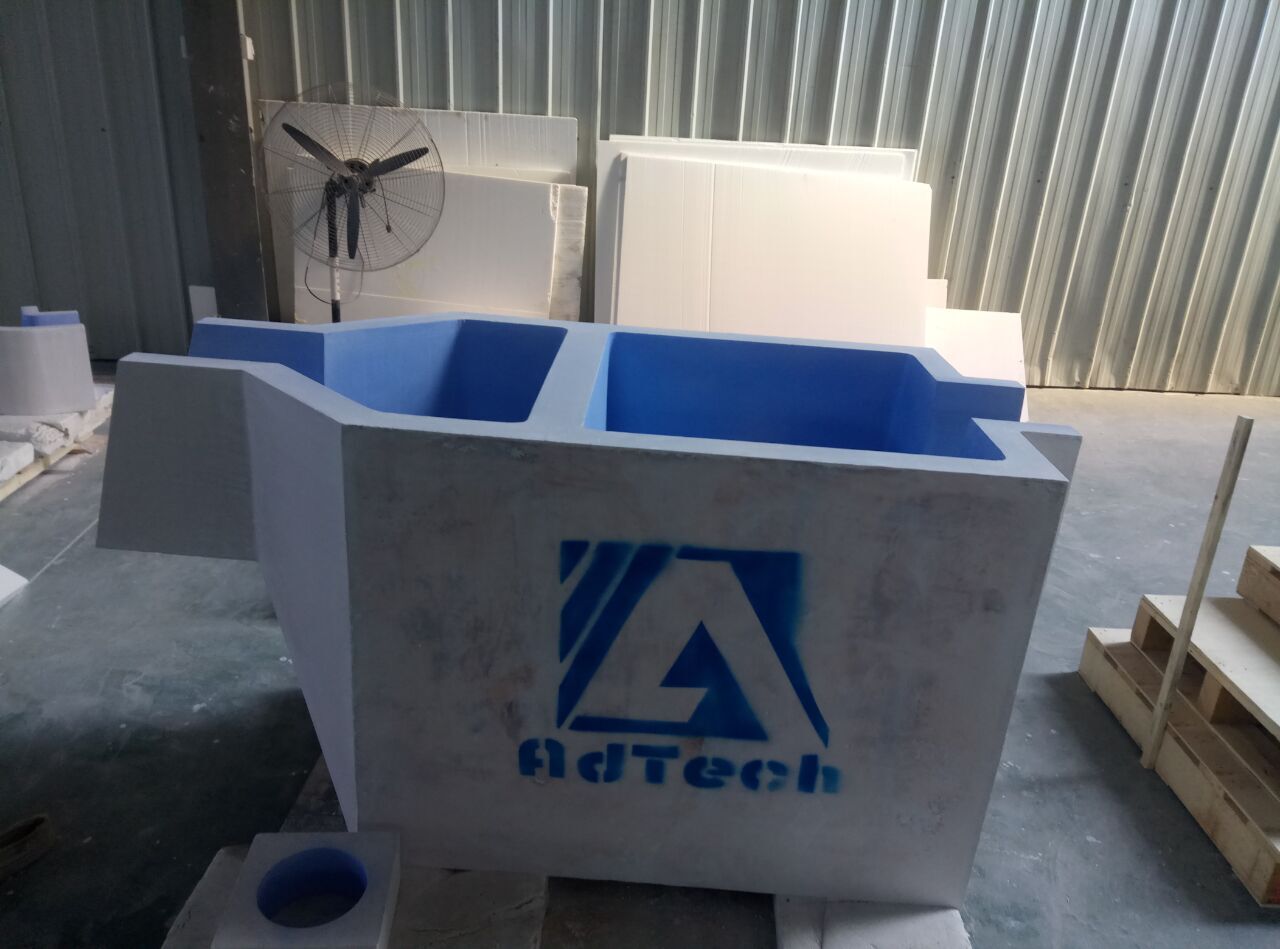Ceramic Foam Filters For Aluminum Casting
Ceramic Foam Filters For Aluminum Casting filtration mechanism, generally described as diffusion interception and inertial collision interception or sieving, sedimentary layer and deep bed filtration.
Tsinghua University has a national key laboratory to establish a three-dimensional physical model and two-phase flow model for the foam ceramic filtration mechanism.
And The simulation calculations were carried out, which is very helpful for us to study the purification of aluminum liquid filtration. However, the process of filtration and purification of aluminum liquid by foam ceramics is very complicated, and it is also a complex process of high temperature physical chemistry and metallurgical dynamics.
Ceramic Foam Filters For Aluminum Casting
1. The effect of the sediment layer or the filter cake layer, with the deposition of particles in the melt and the intertwined and curved joints of the grid,
The ability to capture phase particles is improved.
2. The rough surface formed by the surface gap of the mesh truss body increases the interface between the aluminum liquid flow and the ceramic solid surface to promote the particles in the aluminum liquid flow.
The sub-flow direction is more disordered, which is beneficial for the solid particles to be trapped and deposited.
3. Due to microscopic cracks and pinholes on the surface of the mesh skeletal body, a fluoride flux with strong affinity for particles such as Al2O3 is pre-deposited.
The entire filter cake layer effect and strong chemisorption force enhance the ability to capture the retained heterogeneous particles.
Advantages of Ceramic Foam Filters For Aluminum Casting
1. It adopts the principle of adsorption to filter, which can effectively remove large inclusions in aluminum liquid and effectively absorb fine inclusions of small size;
2. No slag, effectively reduce the pollution of aluminum liquid;
3. Good thermal shock resistance and improved corrosion resistance to molten metal;
4. Automated assembly line production, three calibration procedures, accurate size, and more suitable for the filter box;
5. Improve surface quality, improve product performance.
